
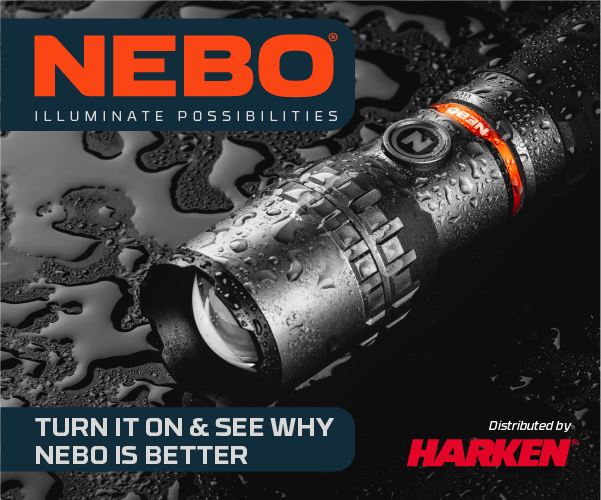
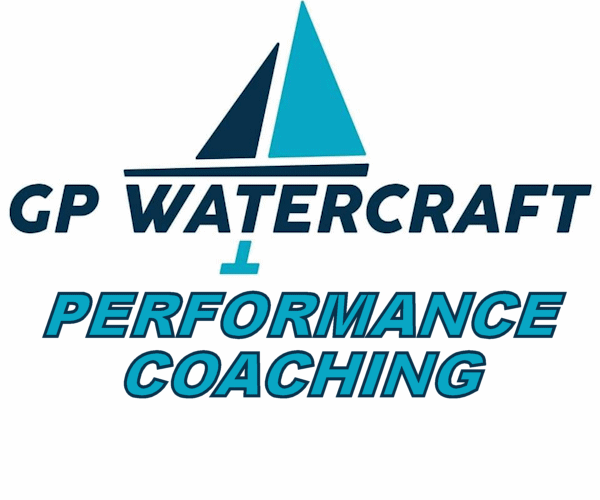
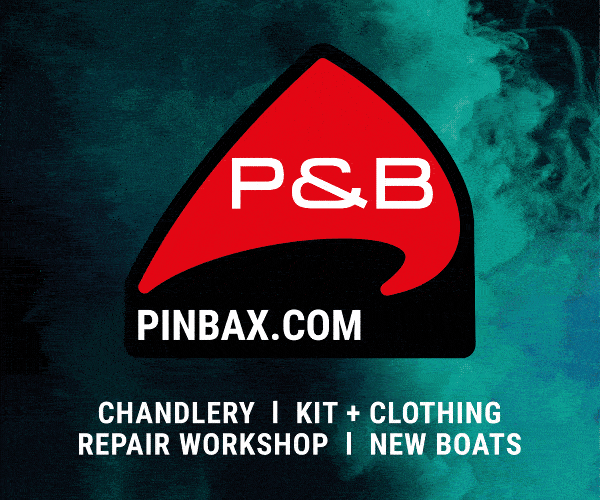


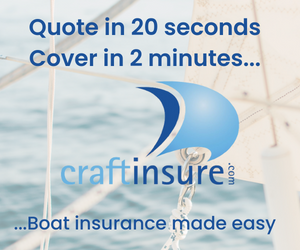



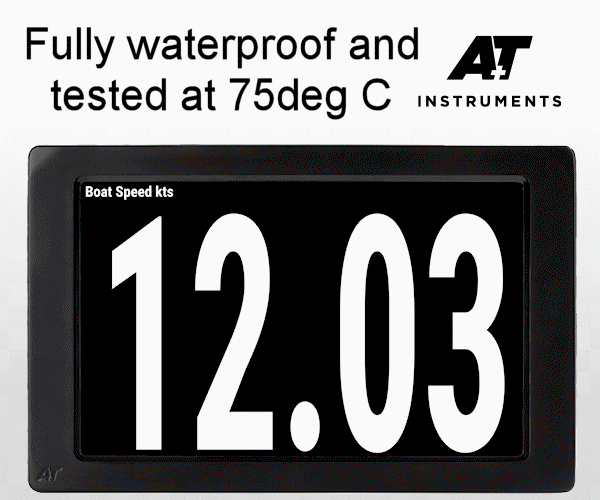
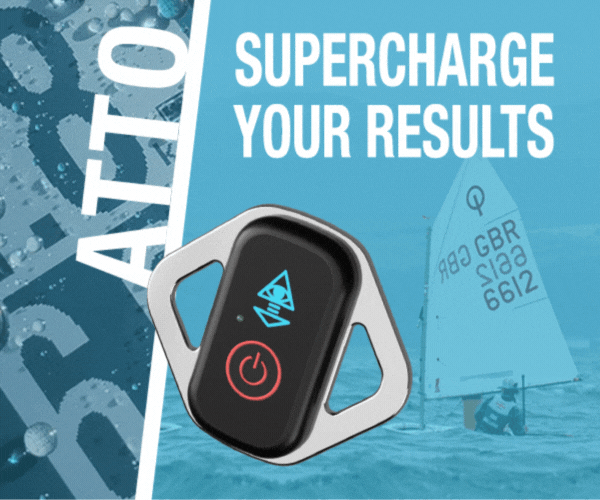
| Rossiter Pintail Mortagne sur Gironde, near Bordeaux |
 |
| Laser 140101 Tynemouth |
 |
| Laser 28 - Excellent example of this great design Hamble le rice |
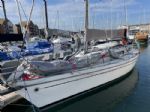 |
List classes of boat for sale |
Laser 2000 Vs RS 400 |
Post Reply 
|
Page <12 |
| Author | ||
Sailing-rocks1 
Newbie 
Joined: 12 Mar 09 Location: United Kingdom Online Status: Offline Posts: 15 |
 Post Options Post Options
 Quote Quote  Reply Reply
 Topic: Laser 2000 Vs RS 400 Topic: Laser 2000 Vs RS 400Posted: 12 Mar 09 at 3:04pm |
|
|
Thanks RS400.
You mention that there have been some improvements made to the rudder and plate. Any idea when this was done? |
||
|
Richard
|
||
 |
||
Wes 
Groupie 
Joined: 24 Aug 05 Location: United Kingdom Online Status: Offline Posts: 97 |
 Post Options Post Options
 Quote Quote  Reply Reply
 Posted: 12 Mar 09 at 7:56pm Posted: 12 Mar 09 at 7:56pm |
|
|
Hi Richard. A couple of years ago I was in the smae position as you. Looking between the RS200 and RS400. I bought the 400 as I wanted the faster boat thinking I'd soon get to grips with it coming from a windsurfing background. While I think i would have kept the 400, my 5'2" wife simply wasn't strong enough to sort out the front end, particually with my somewhat erratic helming. So, after about a year of swimming I sold the 400 and bought what i should have had from the start - the 200. So, if you are really positive that a fair amount of swimming will not put you off and that you will have a crew who can cope with front then I think it'll be a great buy. Mind you, they are getting to be in short supply at them moment! Where are you based? Can you get a test sail in one? |
||
 |
||
Jamesd 
Far too distracted from work 
Joined: 01 Feb 08 Online Status: Offline Posts: 377 |
 Post Options Post Options
 Quote Quote  Reply Reply
 Posted: 12 Mar 09 at 8:33pm Posted: 12 Mar 09 at 8:33pm |
|
|
ive known people to sail 400s as beginners and they have picked it up fine. thought id stick some points in from roger gilbert and a few of my own. A few thoughts below from roger gilbert |
||
 |
||
RS400atC 
Really should get out more 
Joined: 04 Dec 08 Online Status: Offline Posts: 3011 |
 Post Options Post Options
 Quote Quote  Reply Reply
 Posted: 12 Mar 09 at 8:53pm Posted: 12 Mar 09 at 8:53pm |
|
The above is fair comment, the kite is not small. We have a couple of fairly petite female 400 crew in our club, but they are both quite fit and not scared of getting wet. One is 13 I think and the other has kids older than that! Depends how much wind you want to sail in, I originally took the view I'd sail with my wife in light air and find a student when it's blowing. We wimped out of a windy choppy open last year but apart from that I've had to look for crew for perhaps 5 races out of 70 or so. I'm happy with that, I can usually find another bloke in the same position, or its a good excuse to take a friend out. Our nationals at Mounts Bay could be a challenge if it blows! The class association coaching helped us sort out gybes, so we don't capsize so often now! It is a lot of boat, but I can't say you have to be a superstar to sail one. If you are the right size for an RS200, they have good racing, but we're a bit heavy and we have the club fleet of 400's 15 minutes drive from home. I would come back to my point about joining a fleet, I would have bought in to whatever looked a good boat/club/fleet combination. But I'm very pleased with the 400. I don't know the details of the foil changes. Might be worth asking RS. They also have demo boats at Burgerfield and seem quite reasonable about people who intend to buy used. Good Luck with whatever you go for! |
||
 |
||
Mikey 14778 
Far too distracted from work 

Joined: 05 Feb 09 Location: United Kingdom Online Status: Offline Posts: 298 |
 Post Options Post Options
 Quote Quote  Reply Reply
 Posted: 13 Mar 09 at 12:21pm Posted: 13 Mar 09 at 12:21pm |
|
Is that measured on the forestay or the shrouds ? |
||
 |
||
ChrisJ 
Far too distracted from work 
Joined: 07 May 04 Location: United Kingdom Online Status: Offline Posts: 337 |
 Post Options Post Options
 Quote Quote  Reply Reply
 Posted: 13 Mar 09 at 12:51pm Posted: 13 Mar 09 at 12:51pm |
|
|
Weight carrying ability is very similar in the Laser 2000 and RS400: At our club, the 400 is sailed by people between 21 stone and 31 stone plus. Heavier people find it easier when it blows, and the light weights switch to a 200 when its too windy. The regular L2000 racers vary between 18 stone (travellers winners) and 30 stone or so. Both boats have an average of around 24 stone or so. Sheet loads on the L2000 are MUCH less than on the 400, so easier on the smaller / shorter people. On the circuit, there are lots more kids crewing / helming L2000 than you find in the 400: much more family oriented. Both boats have good class racing on the circuit - if you dont want to travel, then choose what is at your local club. AND make sure that it is not just "boats in the dinghy park" but people on the water when you want to sail. We find we have more 400's out on a Sunday, and lots more 2000's out on a Saturday or Wednesday evening!
You can always buy both! Sail the 400 when its light winds and inland, and the 2000 when its stronger or out at sea... |
||
 |
||
Jamesd 
Far too distracted from work 
Joined: 01 Feb 08 Online Status: Offline Posts: 377 |
 Post Options Post Options
 Quote Quote  Reply Reply
 Posted: 13 Mar 09 at 1:06pm Posted: 13 Mar 09 at 1:06pm |
|
Measured on the shrouds. forestay i believe is about 1.7 (ish) of that of the shrouds. but no one uses it. ive only run it at 500lbs once and will only normally run at 400lbs, mainly because i sail on the sea and its more forgiving with a slacker rig in the waves, but there is a considerable increase in power/height with increased tension |
||
 |
||
Jamesd 
Far too distracted from work 
Joined: 01 Feb 08 Online Status: Offline Posts: 377 |
 Post Options Post Options
 Quote Quote  Reply Reply
 Posted: 13 Mar 09 at 1:15pm Posted: 13 Mar 09 at 1:15pm |
|
gonna be bloody awesome if its windy down there. Big waves are very easy to sail in, even in 30 knots of wind. Sailing in the solent, wind against tide in 30 knots is probably one of the hardest sailing conditions (in terms of boat handling) so if you wanna perfect your gybes i highly recomend spending a windy day falling over off of lee on the solent or hill head |
||
 |
||
ChrisJ 
Far too distracted from work 
Joined: 07 May 04 Location: United Kingdom Online Status: Offline Posts: 337 |
 Post Options Post Options
 Quote Quote  Reply Reply
 Posted: 13 Mar 09 at 1:56pm Posted: 13 Mar 09 at 1:56pm |
|
|
And as for sailing the boats before you buy, always a good idea, but not something I practise!
I bought our first (of 3) RS400 in 2002 without ever having sailed one before: based on the fact there was a good fleet at my local club, and the people who saild them seemed to be of a similar standard. I bought our Laser 2000 this time last year without ever having sailed one before: based on the speed of the boats in handicap races at Bloody Mary and Battle of the Classes that year, the friendliness of the fleet to new owners on their discussion group, the size of the fleets at Open Meetings, and the numbers in the dinghy park at our local club. |
||
 |
||
Post Reply 
|
Page <12 |
| Forum Jump | Forum Permissions  You cannot post new topics in this forum You cannot reply to topics in this forum You cannot delete your posts in this forum You cannot edit your posts in this forum You cannot create polls in this forum You cannot vote in polls in this forum |
Copyright ©2001-2010 Web Wiz
Change your personal settings, or read our privacy policy











 Printable Version
Printable Version Delicious
Delicious Digg
Digg Facebook
Facebook Furl
Furl Google
Google MySpace
MySpace Newsvine
Newsvine reddit
reddit StumbleUpon
StumbleUpon Twitter
Twitter Windows Live
Windows Live Yahoo Bookmarks
Yahoo Bookmarks Topic Options
Topic Options